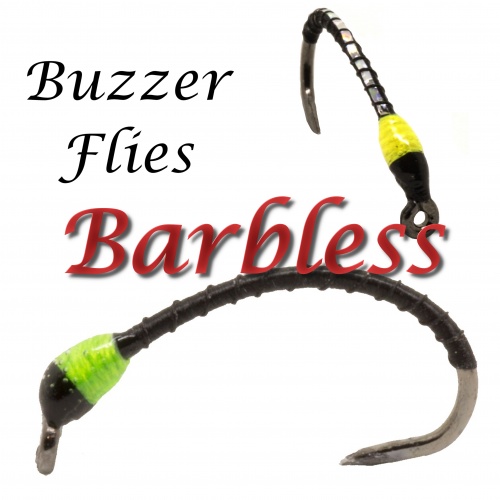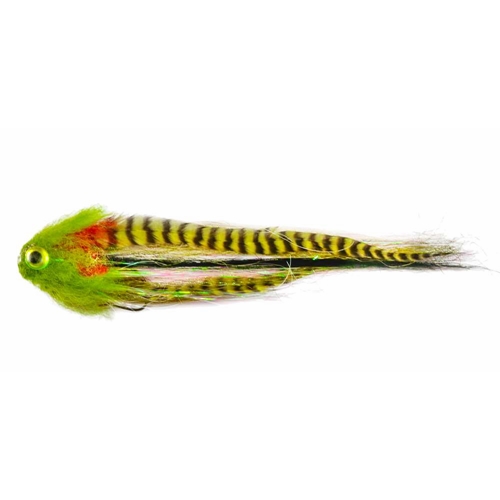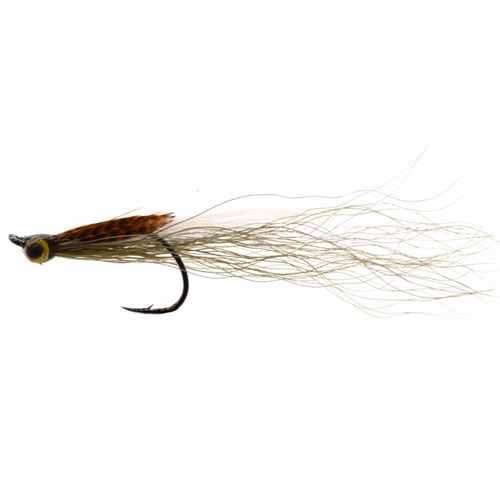What Is The Difference Between Fly Fishing and Regular Fishing?
What's the Difference Between Fly Fishing and Regular Fishing?
Fishing is a beloved pastime for many, offering a chance to connect with nature, relax, and perhaps catch dinner. However, within the world of fishing, there are various techniques and styles that cater to different preferences and experiences. Two of the most popular methods are fly fishing and regular fishing (often referred to as spin fishing or bait fishing). While both aim to catch fish, they differ significantly in technique, equipment, and approach. In this blog post, we will explore these differences in detail.
Understanding Fly Fishing
Fly fishing is a unique angling method that uses artificial flies as bait. These flies are designed to mimic the appearance of insects or other small creatures that fish naturally feed on. The key aspect of fly fishing lies in its technique: anglers use a lightweight rod and line to cast their flies delicately onto the water's surface. This method requires skillful casting and an understanding of fish behaviour.
Equipment Used in Fly Fishing
The equipment used in fly fishing is distinct from that used in regular fishing:
- Fly Rod: A longer rod designed specifically for casting lightweight flies.
- Fly Reel: A reel that holds the line but is generally simpler than those used in spin fishing.
- Fly Line: Heavier than standard fishing line, this line helps carry the lightweight fly during casting.
- Leader Line: A thin line attached to the end of the fly line that connects to the fly itself.
- Flies: Artificial lures made from feathers, fur, or synthetic materials designed to imitate insects.
Techniques in Fly Fishing
Casting techniques are crucial in fly fishing. Anglers must learn various casts such as the overhead cast or roll cast to present their flies effectively on the water's surface. The goal is often to create a natural drift that mimics how real insects would behave on or just below the water’s surface.
Understanding Regular Fishing
So how is the equipment different and how is fly fishing different from traditional fishing? Regular fishing encompasses several methods but typically refers to spin or bait fishing where anglers use spinning rods equipped with reels. This type of fishing can involve live bait (like worms, maggots or minnows) or artificial lures (like spinners or jigs).
Equipment Used in Regular Fishing
The equipment for regular fishing includes:
- Spinning Rod: Generally shorter than a fly rod with more flexibility.
- Spinning Reel: A more complex reel designed for easy retrieval of line.
- Fishing Line: Standard monofilament or braided lines suitable for various types of lures.
- Bait/Lures: Can include live bait like worms or artificial lures designed for specific types of fish.
Techniques in Regular Fishing
Regular fishing techniques can vary widely based on location and target species but often involve casting out baited hooks into deeper waters and waiting for fish to bite. Anglers may also retrieve lures at different speeds to entice fish actively hunting prey.
Key Differences Between Fly Fishing and Regular Fishing
While both methods aim at catching fish, several key differences set them apart:
1. Casting Technique
The most notable difference lies in how each method casts its lure:
- Fly Fishing relies on rhythmical motions using a weighted line to propel an unweighted fly forward.
- Regular Fishing, on the other hand, uses heavier baits which allow for straightforward casting without needing special techniques.
In fly fishing the weight is in the fly line where with regular fishing the weight is either on the tip of the line or the weight is that actual bait itself!
2. Type of Bait Used
In fly fishing, anglers use artificial flies crafted meticulously by hand; these can be dry flies (floating) or wet flies (submerged). In contrast:
- Regular fishermen often use live bait which can be more effective at attracting certain species due to its natural scent and movement.
3. Target Species
Different species may respond better depending on your chosen method:
- Fly fishermen often target species like trout, salmon, and bass which tend to feed near the surface.
Conversely:
- Regular fishermen might pursue a broader range including catfish and pike which may dwell deeper underwater.
4. Environment & Experience Level
Fly fishing typically occurs in rivers and streams where delicate presentations matter most; it requires patience and practice:
Conversely:
Regular fishing can take place almost anywhere—lakes, rivers, oceans—and may be more accessible for beginners due to its straightforward approach.
Conclusion
Both fly fishing and regular fishing offer unique experiences tailored towards different angler preferences. Whether you’re drawn by the artistry involved in crafting your own flies or prefer using tried-and-tested baits from local tackle shops depends largely on what you seek from your time spent by water bodies.
Ultimately, both methods have their merits; exploring them can deepen your appreciation for this timeless hobby while enhancing your skills as an angler—so why not give both a try? Whether you choose fly-fishing’s finesse or regular-fishing’s simplicity could lead you down new paths filled with adventure!


















